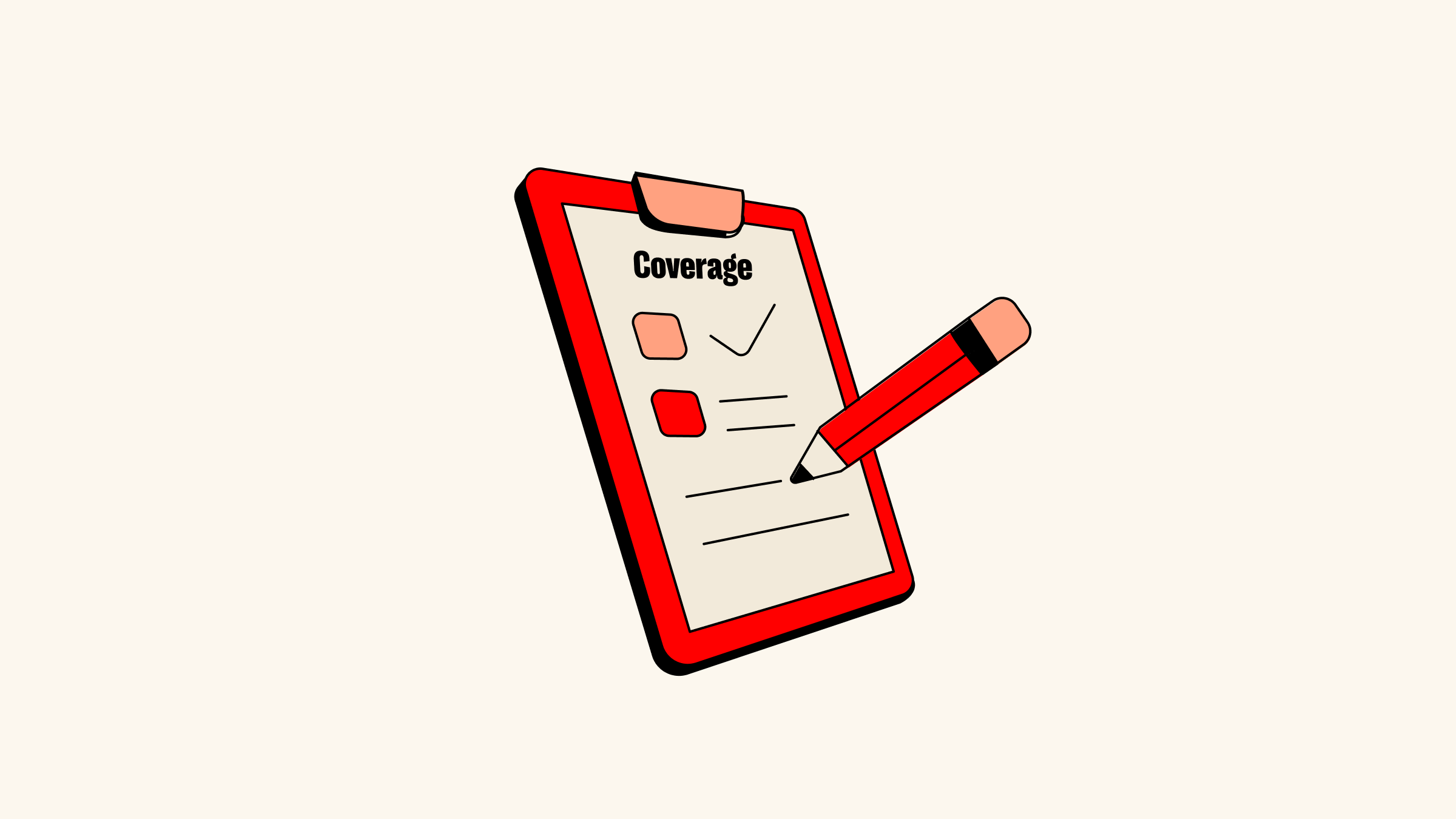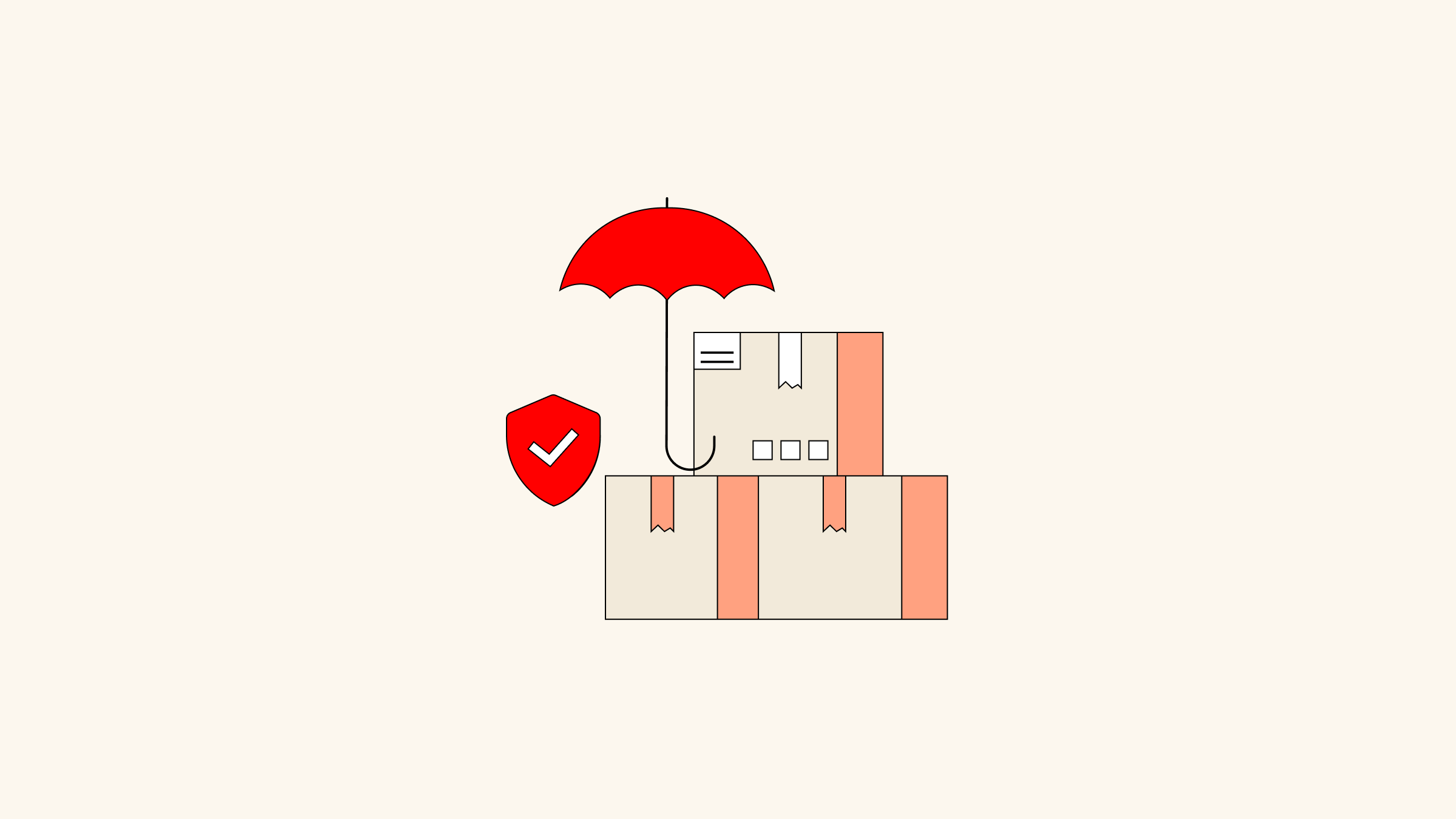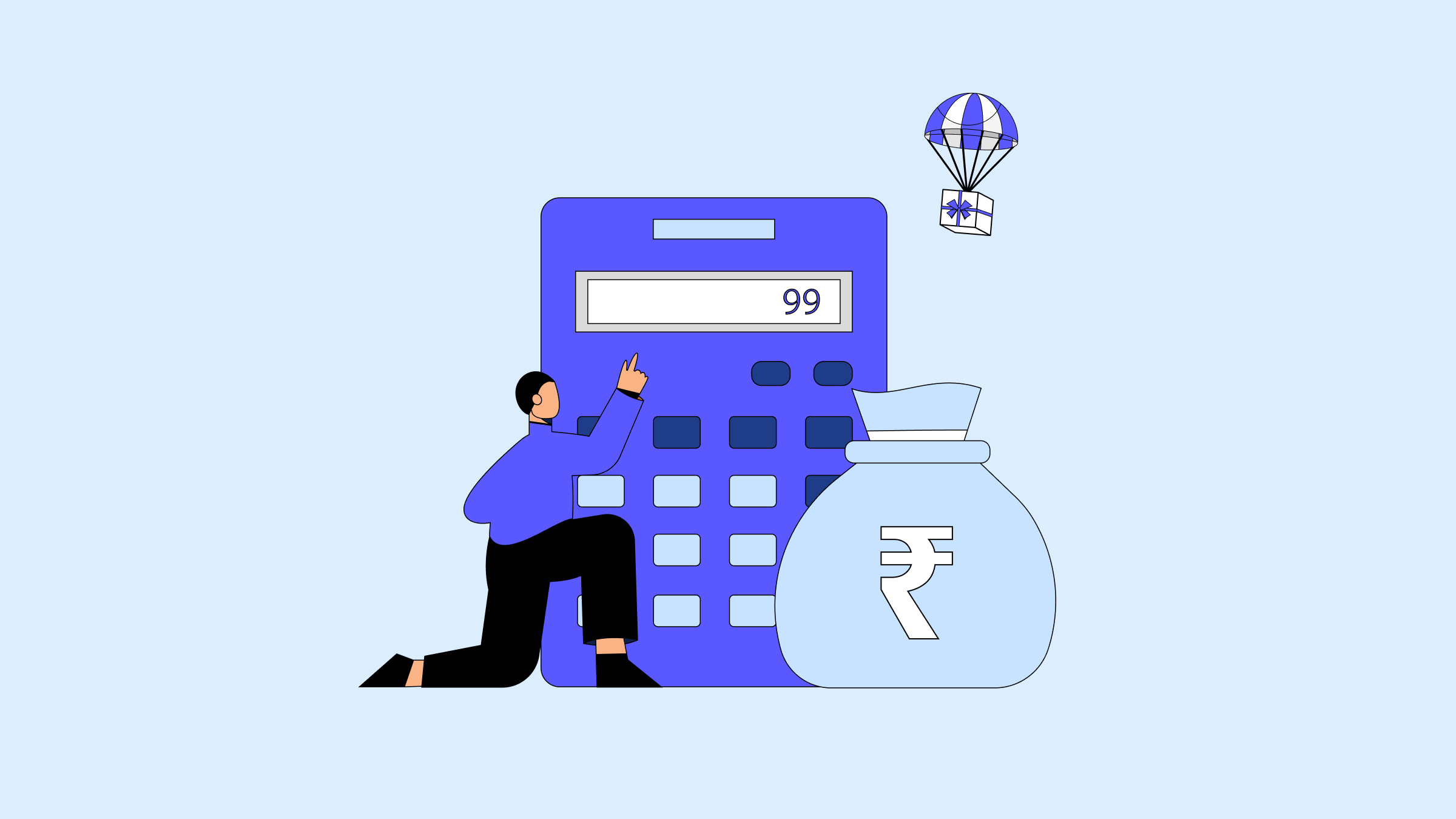Every day, countless packages move across cities, states, and countries, yet shipping accidents—like damage, loss, or theft—can disrupt even the best-laid plans. That’s where goods in transit insurance steps in. This guide will walk you through its coverage, costs, claims process, and other key details to help you make informed decisions about protecting your shipments.
What is goods in transit insurance?
Goods in transit insurance (GIT insurance), one of the ecommerce business insurances, provides indemnity for physical loss or damage to goods while they are being transported from one place to another. Essentially, it acts as a safety net against mishaps that could occur during transit, be it theft, accidents, or unforeseen disasters.
For many businesses and individuals alike, this is an indispensable layer of shipping insurance that safeguards the value of shipped merchandise, raw materials, or personal possessions from substantial financial repercussions, disrupted operations, or eroded customer trust.

Why do you need goods in transit insurance?
The necessity for GIT insurance is underscored by sobering statistics. According to Contimod, more than 1.7 million packages vanish daily in the U.S. Nearly 44% of Americans have endured package theft, with 17% victimized within just three months. Moreover, the average cargo theft value swelled to $202,364 in 2024, up from $187,895 the previous year, according to Verisk CargoNet.
For any entity reliant on logistics—retailers, manufacturers, wholesalers, or ecommerce platforms—GIT insurance is vital. It shields revenue streams, nurtures customer confidence, and cushions the blow of chargebacks due to lost or damaged goods.
So, does it actually make a difference when put to the test? A real-world testament: merchants using Shoplazza plugin Worry-Free Purchase for over six months have witnessed measurable benefits. Stores with default opt-in settings cut chargebacks from logistics issues by 20% monthly; those using opt-in promotions still saw a 5% monthly reduction. Such figures highlight the tangible advantage of robust transit coverage.
What does goods in transit insurance cover?
Goods in transit insurance policies are not monolithic; they come in various forms, each tailored to different shipping needs and risk appetites.

These policies generally be categorized as two methods:
-
One common method is single transit insurance, which is well-suited for isolated shipments, such as personal belongings during a house relocation or one-off commercial consignments. Coverage concludes when the goods arrive at their designated endpoint. For instance, Worry-Free Delivery, also known as Guaranteed Delivery, operates as a variant of GIT for online shoppers. This third-party service cushions buyers against loss, damage, or theft, echoing the protection principles of traditional goods in transit insurance.
-
For businesses with frequent shipping needs, annual coverage or an open cover policy offers a more streamlined solution, protecting a large number of shipments over a specified period, typically 12 months. These policies often come with discounted premium rates, making them cost-effective for high-volume.
In terms of the extent of coverage, policies generally fall into two main categories:
-
Restricted Cover: Limited to specific named perils such as collision, vehicle overturning, or fire. Losses outside these perils, like isolated theft or incidental damage, may remain uncovered.
-
All-Risk Cover: This is the most comprehensive option. It guards against almost all causes of loss or damage unless specifically excluded in the fine print. It typically insures goods while being loaded, carried, unloaded, and even when temporarily stored en route. Although pricier, it provides extensive peace of mind.
Who can purchase GIT insurance?
Anyone involved in shipping can find suitable goods in transit insurance option. Let's see who typically benefits from each type below:
| Type of Coverage | Who Typically Purchases It | Use Case |
| Single Transit Insurance | - Individuals shipping personal items - Businesses with occasional shipments - Ecommerce shoppers, like Worry-Free Purchase |
Covers one-time shipments |
| Annual/Open Cover Policy | - Ecommerce merchants - Manufacturers - Wholesalers - Freight forwarders and 3PL providers |
Continuous coverage for regular, high-volume or multi-client shipping throughout the year |
| Restricted Cover | - Small businesses - Cost-conscious shippers - Those moving durable or low-value goods |
Limited protection for named risks and lower premium option |
| All-Risk Coverage | - Electronics suppliers - Luxury brands - Art dealers - Pharma or perishables exporters |
Comprehensive coverage for high-value, fragile, or time-sensitive goods |
What GIT insurance may exclude?
Goods in transit insurance has its boundaries. A notable exclusion is damage caused by negligent or improper packaging. Should items suffer harm due to substandard packing, the insurer may justifiably repudiate the claim, deeming the loss preventable. Insurance is designed to cover unforeseen risks, not to compensate for preventable losses stemming from a business's operational shortcomings.
Other common exclusions may include:
-
Delivery delays, unless specifically covered. For ecommerce merchants, Worry-Free Purchase can fill this gap, covering delays, loss, or damage.
-
Certain high-value goods, like automobiles or precious artwork, are often excluded unless specially underwritten.
-
Loss due to the carrier’s insolvency.
-
Prohibited goods, such as weapons, certain chemicals, or biological waste, which are typically not insurable under standard policies.
-
Pre-existing damage that occurred before the transit began.
-
Losses or damages due to acts of war or strikes, unless additional, specific coverage is purchased.
-
Loss, damage, or expense attributed to the misconduct of the customer.
How much is shipping insurance?
The cost of shipping insurance is typically calculated as a percentage of the declared value of the package, often with a minimum premium applied:
-
For standard goods, cargo insurance generally costs between 0.3% to 0.5% of the Total Insured Value (TIV). However, this percentage can increase to 1% or more for high-risk items or challenging routes.
- For international shipments, rates usually attract higher rates, starting around 1.5% of the shipment value. For example, Seel’s Worry-Free Purchase follows a simple tiered rule: if the order value is $50 or less, the cost is a flat $0.98; if the order value exceeds $50, the fee is 2% of the discounted, tax-included item price. Additionally, many insurers apply a minimum premium—often between $50 and $100—meaning even low-value shipments might trigger this base fee.
What factors affect shipping insurance premiums?
The cost is not arbitrary; it is determined by a confluence of factors that insurers meticulously assess to gauge the level of risk involved. Core determinants include:
-
Total Insured Value (TIV): It comprises the goods’ worth, transport costs, and sometimes the premium itself. A higher TIV invariably elevates the premium.
-
Type of Goods: High-value items (like electronics or jewelry), fragile goods (like ceramics), perishable items (where delays can render them unsaleable), hazardous materials (like chemicals), or even livestock, typically command higher premiums due to their inherent risk of loss, damage, or difficulty in recovery.
-
Mode of Transportation: Air freight is perceived as safer and hence may result in lower premiums; sea freight, with its weather risks and protracted timelines, usually costs more to insure.
-
Origin, Destination, and Route: Routes through unstable regions, poor infrastructure, or piracy hotspots increase costs.
-
Extent of Coverage: "All-risk" policy, with broad protection, will be more expensive than a "named perils" policy that covers only specific risks, or a "total loss only" option, which is the most basic and affordable.
-
Policy Terms: Longer coverage periods, higher coverage limits, and lower deductibles (the amount the insured pays out-of-pocket before coverage kicks in) inflate premiums.
How to file a shipping insurance claim? (Seel example)

The insurance claim process generally follows a few common principles: clear evidence, timely reporting, and proper documentation. To make this more concrete, here’s an example using Seel’s approach.
Before filing a claim, ensure you meet the eligibility requirements and follow Seel’s specific timelines for a successful payout:
-
Loss: Report no sooner than 30 days post-shipping for domestic shipments (60 days for international).
-
Damage: Report within 7 days of delivery.
-
Theft: Report within 7 days of delivery.
-
Returns: Initiate within 7 days of delivery.
Prepare documentation for claims
If you’ve confirmed you meet the timeline requirements, the next step is to gather the necessary documents to support your claim. Use the following checklist to prepare everything properly:
| Claim Type | What You Need to Provide |
| Damaged Goods | - Outer packaging photo (including shipping label) - Inner packaging photo (if any) - Photo of the damaged part |
| Lost Goods | - Tracking record showing item is lost - For domestic: not delivered 30 days after shipping - For international: not delivered 60 days after shipping - If marked delivered but not received (porch theft), provide one of the following: • Police report • Surveillance video evidence • Carrier’s loss confirmation • Written statement from a qualified person |
Compensation plan
Once your claim is approved, the final step is understanding how much you’ll receive and for which scenarios. The table below outlines Seel’s standard compensation plan in clear terms:
| Coverage | Compensation Amount |
| Delayed Delivery | $5 if a domestic package is not delivered within 10 days of dispatch / international package not delivered within 30 days |
| Lost Package | Up to the full purchase value if a domestic package is not delivered within 30 days or an international package within 60 days |
| Damaged Goods | Compensation based on the value of the goods damaged due to shipping issues |
Approved compensation will be issued quickly through flexible payout methods to suit different preferences:
-
PayPal: Supports multiple currencies; funds arrive instantly.
-
Venmo: Supports USD; instant transfer.
-
Direct Deposit: Supports USD; sent via ACH to a U.S. bank account, typically arrives within 1–3 business days.
-
Tremendous: Issued as a virtual Visa card for convenient spending.
Protect Your Deliveries
Goods in transit insurance provides vital protection against the unpredictable risks of shipping, safeguarding both your finances and customer trust. With the right coverage, you ensure your deliveries arrive safely and your business stays resilient. Don’t wait for the unexpected—consider one today to secure your shipments and your peace of mind.

FAQ
Is shipping insurance worth it?
Yes. Even a single lost or damaged shipment can cost far more than the premium you pay. Shipping insurance cushions your cash flow, protects customer satisfaction, and reduces costly chargebacks.
How much does GIT insurance cost?
Rates usually range from 0.3%–0.5% of the shipment’s value for standard goods. High-risk or international shipments may cost 1%–3%, with minimum premiums often starting around $50 to $100.
How do I know if I need single transit insurance or an open cover policy?
If you ship goods occasionally or have a one-time shipment, single transit insurance like Seel is sufficient and cost-effective. For frequent, ongoing shipments, an open cover policy is more practical and economical.
How do I know if I need all-risk coverage or restricted cover?
If your goods are fragile, high-value, or time-sensitive, all-risk coverage is advisable for broader protection. For low-value, durable goods or non-critical shipments, restricted cover may suffice.


